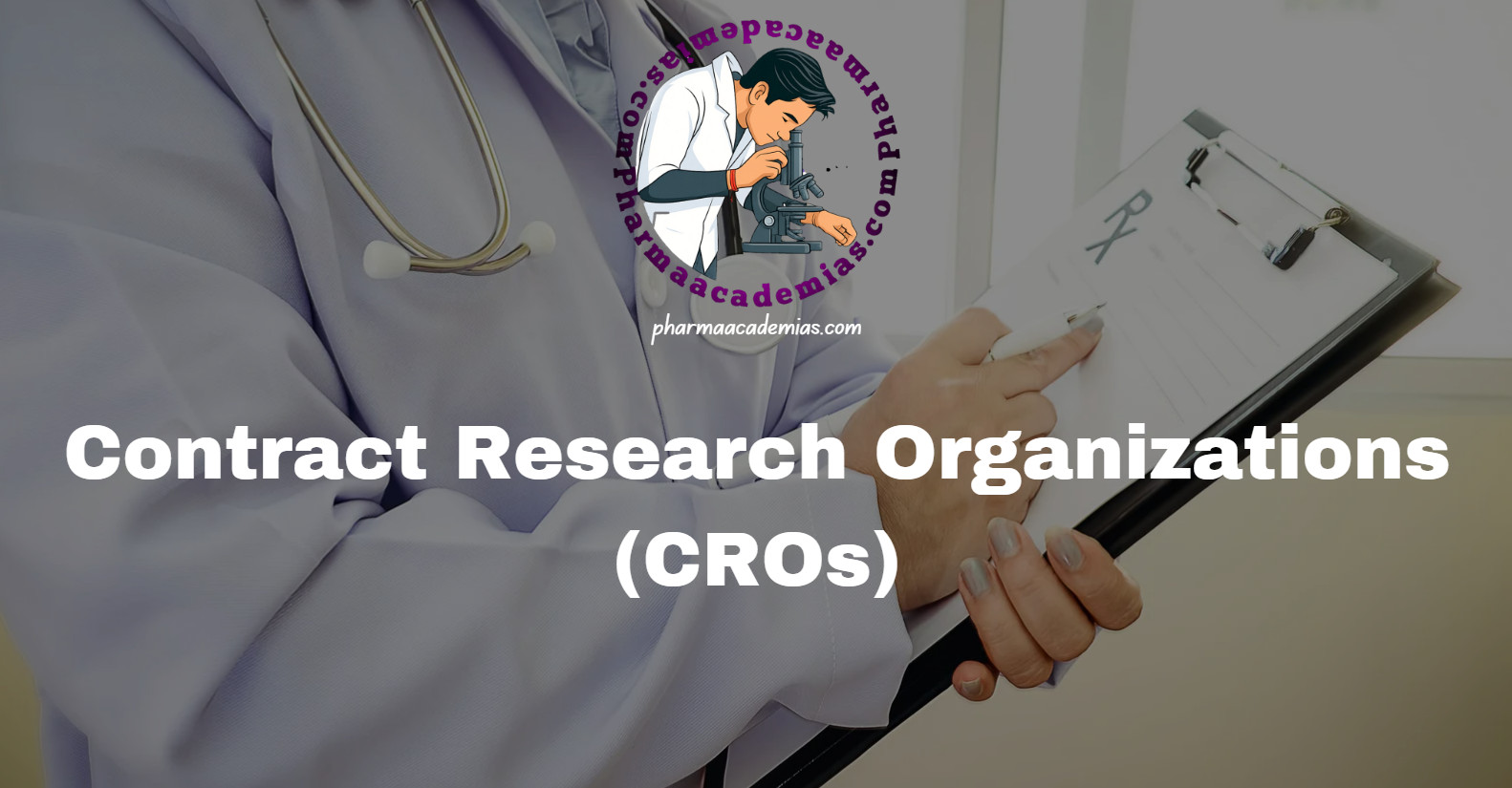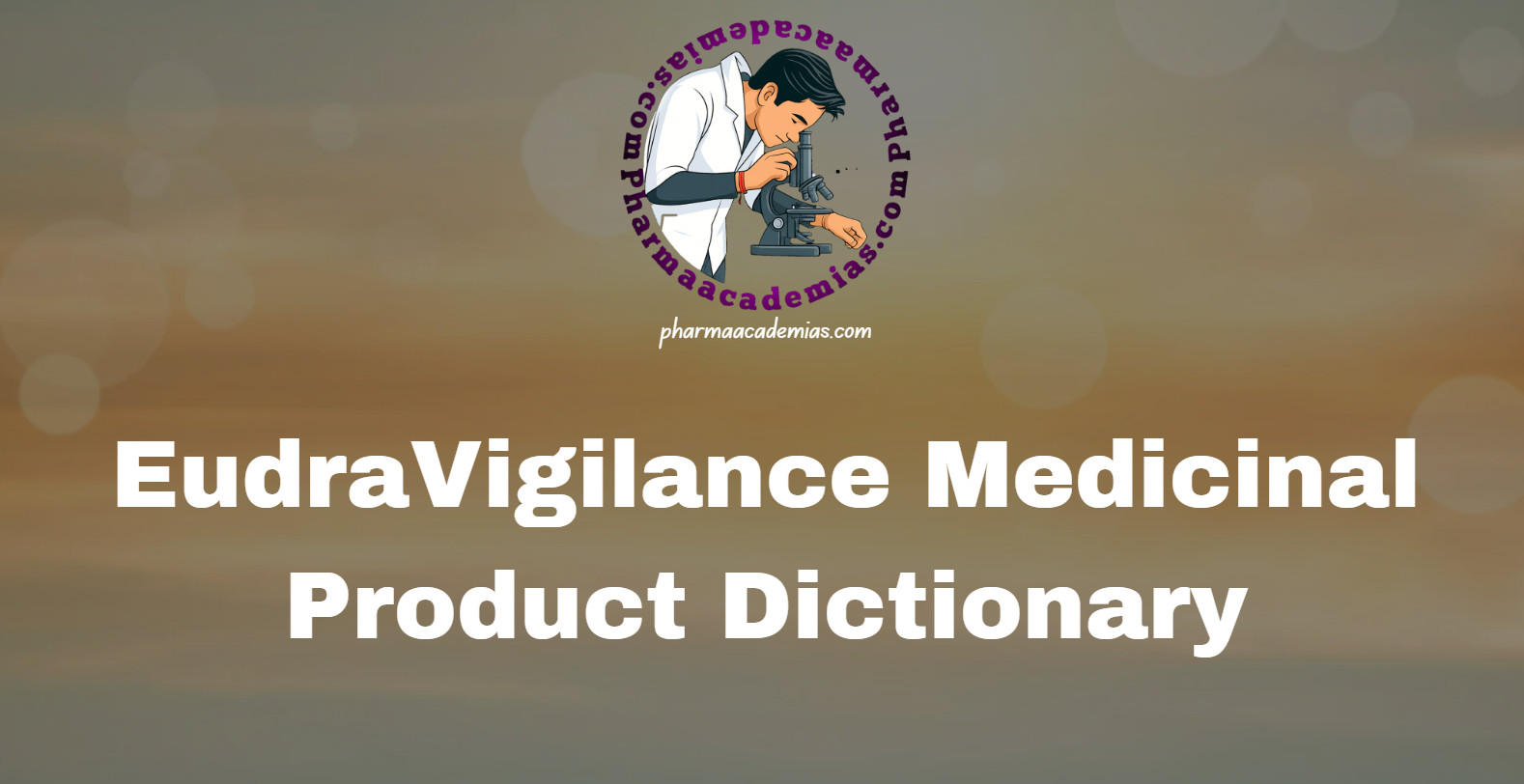National Pharmacovigilance Program
A national pharmacovigilance program is a critical initiative aimed at ensuring the safety and efficacy of medicines throughout their lifecycle, from pre-market clinical trials to post-marketing surveillance. The primary goal of such a program is to monitor, assess, and mitigate the risks associated with the use of pharmaceutical products. Establishing a comprehensive national pharmacovigilance program … Read more










